What advice would you give to a Florida newbie?
strawberrygirlie
16 years ago
Related Stories

DECORATING GUIDES10 Design Tips Learned From the Worst Advice Ever
If these Houzzers’ tales don’t bolster the courage of your design convictions, nothing will
Full Story
KITCHEN DESIGNSmart Investments in Kitchen Cabinetry — a Realtor's Advice
Get expert info on what cabinet features are worth the money, for both you and potential buyers of your home
Full Story
GREAT HOME PROJECTSHow to Give Your Driveway and Front Walk More Curb Appeal
Prevent injuries and tire damage while making a great first impression by replacing or repairing front paths
Full Story
DECORATING GUIDESBring in da Funk: How Humble Touches Give a Home Soul
Shake up expectations and stir up interest with pieces that show patina, create contrast or offer a jolt of surprise
Full Story
MOST POPULARHomeowners Give the Pink Sink Some Love
When it comes to pastel sinks in a vintage bath, some people love ’em and leave ’em. Would you?
Full Story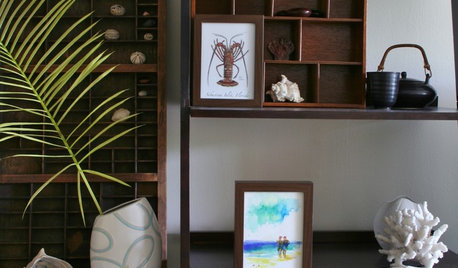
DECORATING GUIDES10 Ways to Give Your Hospitality a Tropical Touch
Treat guests to the resort treatment with blossoms, fruit and artwork that stir up an air of the exotic
Full Story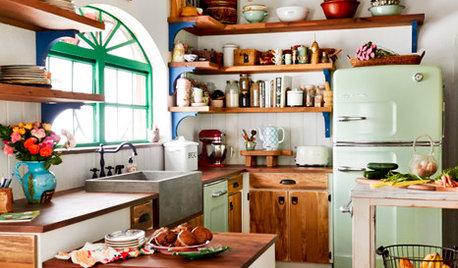
HOUZZ TV FAVORITESHouzz TV: Animals, Love and Color on a Florida Farm
Farm-fresh style is just right for this family of 6 — and their horses, dogs, cats, chickens, zebus, birds and pig
Full Story
DECORATING GUIDESRoom of the Day: As Comfy As a Favorite Pair of Jeans
Faded colors and celestial light give a Florida family room a sun-washed allure
Full Story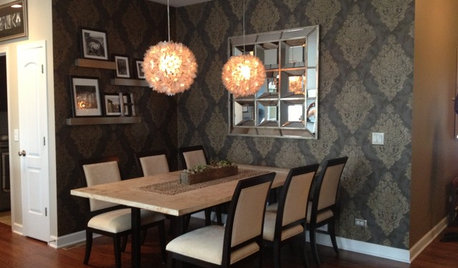
DINING ROOMSInside Houzz: Taking a Dining Space From Plain to Polished
By-the-hour design advice helps a homeowner define a dining area in an open floor plan and give it a decorator look
Full Story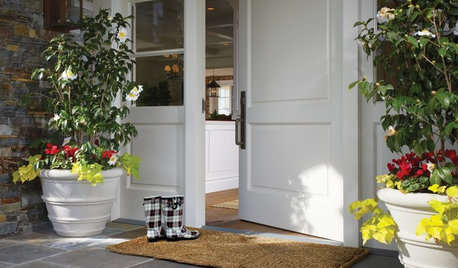
MOST POPULARThe Polite House: On ‘No Shoes’ Rules and Breaking Up With Contractors
Emily Post’s great-great-granddaughter gives us advice on no-shoes policies and how to graciously decline a contractor’s bid
Full Story



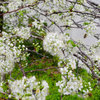
anitaathome
springtime_fl
Related Discussions
What advice would you give to a beginner...
Q
can you give advice on what to put here?
Q
Very Newbie question - what would you do with these doors?
Q
What chairs would you pair this dining table to give more modern look.
Q
katkin_gw
jamjar
strawberrygirlieOriginal Author
guapogardener
countrynest
gardencpa
gardencpa
an_ill-mannered_ache
lakeron
lacoquina
fawnridge (Ricky)
annafl
susieq07
strawberrygirlieOriginal Author
gardencpa
strawberrygirlieOriginal Author
guapogardener